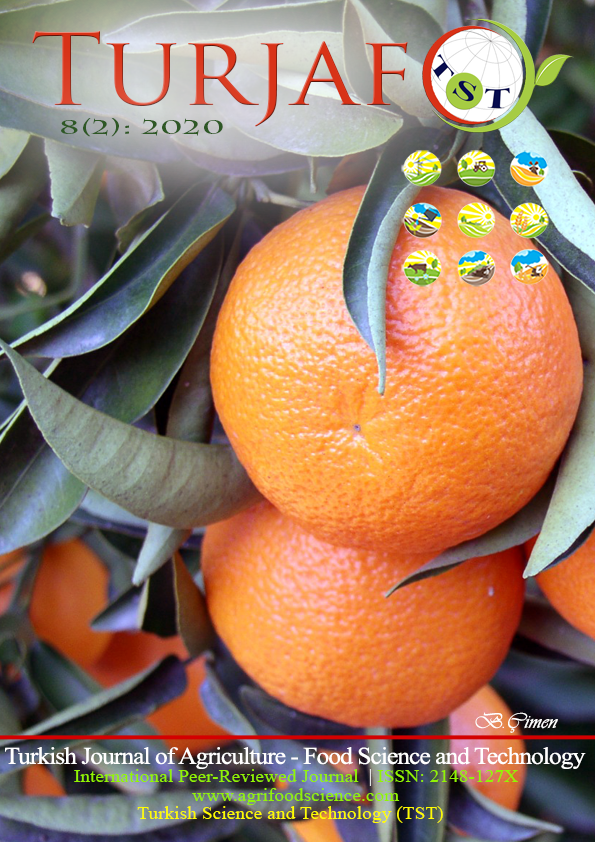Camel milk: As a New Protein Source to Use for Yoghurt Production
DOI:
https://doi.org/10.24925/turjaf.v8i2.449-456.3158Keywords:
Camel milk, Fermentation, Viscosity, Yoghurt, Antimicrobial substancesAbstract
The main purpose of this study was to investigate the possibilities of technological production of camel milk yoghurt. First of all, denaturation of antimicrobial substances in camel milk by heat treatment and their effects on pH decrease and on the viscosity were analysed. Although the pH decrease was present, the viscosity of camel milk didn‘t change. In the study, two different heat treatments (20 min at 90°C and 20 min at 95°C) were applied to camel milk and pH and SH (Soxhelet Henkel) values were determined until pH reached 4.7 during fermentation. After culture addition the pH drop was at 90°C for 20 minutes heat-treated camel milk slower than the camel milk heated at 95°C for 20 minutes. Similarly, the increase in SH in the cultured milk treated at 90°C for 20 minutes was slower than the increase in SH in the cultured milk treated at 95°C for 20 minutes. In the next study, viscosity and pH changes in yoghurt produced from cow and camel milk were compared. For this purpose, both milks were heat treated at 80°C for 20 minutes. After 180 minutes in cow‘s milk, the viscosity was 9891 mPa.s, and after 210 minutes it reached 25237 mPa.s. In contrast, the viscosity in cultured camel milk was determined as 1210 mPa.s after 90 minutes, while the viscosity remained around 1216 mPa.s after 380 minutes. In the next study, for the production of yogurt from cow milk and camel milk were performed. Both milks were heat treated at 80°C for 20 minutes and changes in viscosity and drop of pH during fermentation were analysed. After the 180 minutes of fermentation in cow‘s milk the viscosity came to 9891 mPa.s, after 210 minutes it was 25237 mPa.s. In contrast, after 90 minutes in the cultured camel milk, the viscosity was 1210 mPa.s, while after 380 minutes the viscosity reached to 1216 mPa.s. E. coli, L. bulgaricus and Listeria innocua were used to determine the antimicrobial effect of raw camel milk, cow milk, heat treated camel and cow milk camel colostrum. While camel milk and colostrum had inhibitory effect on E. coli, L. bulgaricus, Listeria innocua was not inhibitedDownloads
Published
28.02.2020
How to Cite
Bulca, S., & Koç, A. (2020). Camel milk: As a New Protein Source to Use for Yoghurt Production. Turkish Journal of Agriculture - Food Science and Technology, 8(2), 449–456. https://doi.org/10.24925/turjaf.v8i2.449-456.3158
Issue
Section
Research Paper
License
This work is licensed under a Creative Commons Attribution-NonCommercial 4.0 International License.









